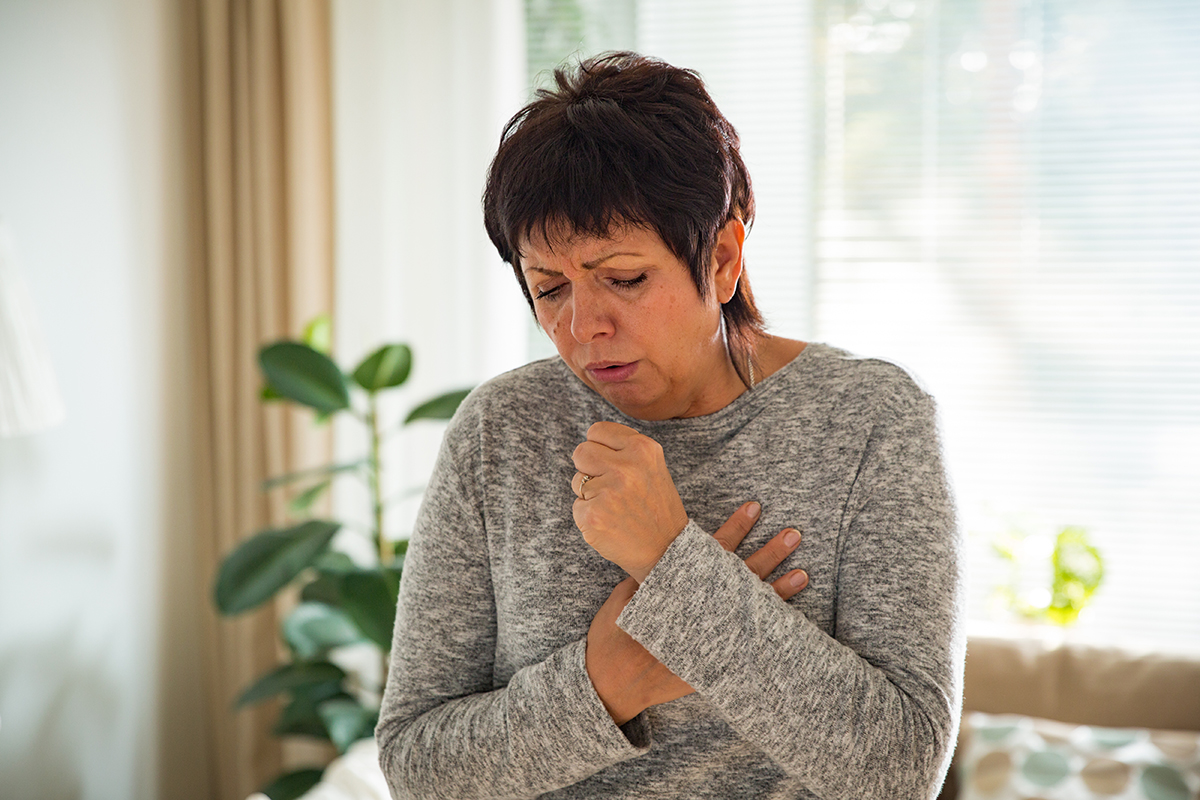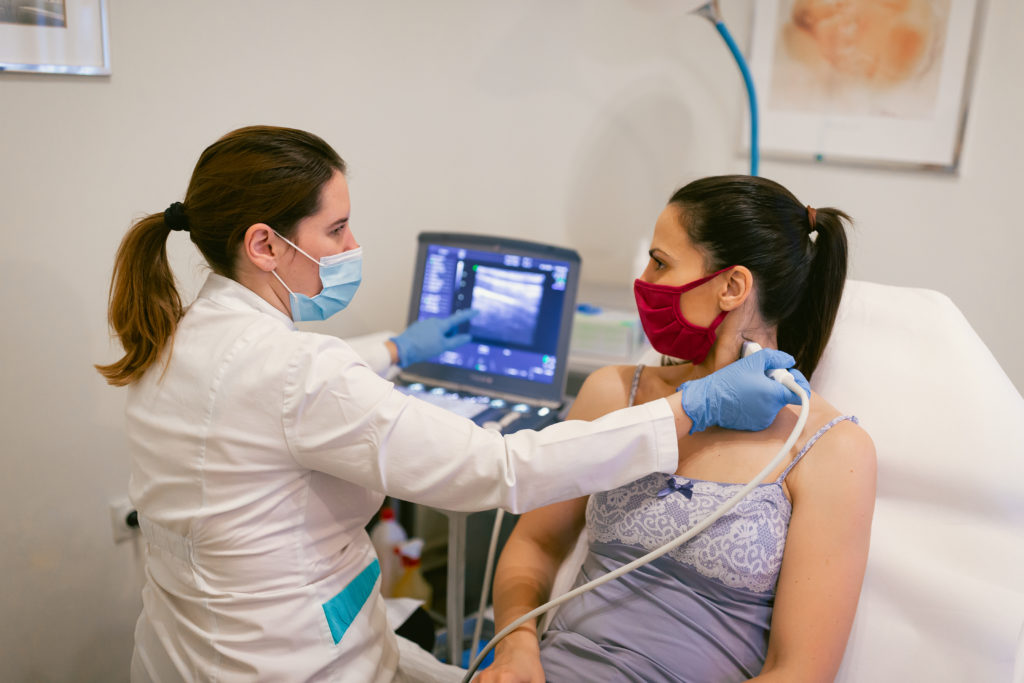People sometimes chalk it up to getting older. They run out of breath more quickly than they once did. Increasingly, they cough and wheeze, or feel tightness in the chest. They often write it off as, “I’m not as young as I used to be.”
For the 24 million across the United States afflicted with chronic obstructive pulmonary disease (COPD) such reasoning is a mistake. Rationalizing away respiratory problems can prevent people from seeking treatment.
COPD is actually a family of lung diseases, not just one. It includes forms of asthma, emphysema, bronchiectasis and bronchitis. The common thread through all of these afflictions is a difficulty in performing one of the body’s most basic, life-sustaining functions: breathing.
Up to 50 percent of all COPD sufferers have the illness without even knowing it. That’s because it can develop over time without the person manifesting any obvious symptoms.
Causes of the disease
There are several causes of COPD. Genetics can play a role. Some people are predisposed to the disease, regardless of their behavior or environment. But among all those diagnosed, 90 percent are smokers, making smoking the most serious of all COPD risk factors. This includes cigarettes, cigars and pipes. Even second-hand smoke can put a person at risk.
Another factor is environmental. Some people who suffer from COPD have spent a lot of time in areas that are dusty, or loaded with fumes and other lung-irritating pollutants.
Getting tested
If you have worked in such an environment, have smoked or been around second-hand smoke, or show any symptoms of lung disease, a simple test can reveal whether you have COPD. It entails exhaling all air from the lungs into machine called a spirometer. This device measures the immediate burst of air during the first second, in addition to the volume exhaled over a period of about six seconds.
Based on the results of this non-invasive test, your doctor can determine whether you have COPD, and what stage the disease is in. From there, he or she can figure out a plan of action.
Treatment options
Different forms of COPD call for different treatments. Some sufferers have difficulty ridding their bodies of carbon dioxide as healthy people do when they exhale. Over time, this can place great stress on a person’s physiology. Some patients find relief in the use of supplemental oxygen, which their physicians prescribe for them.
Others may find relief through prescription medication. Many of these are designed to keep the air flowing in the long term. In the event of an episode, an inhaler can be a short-term means of opening up the lungs. But patients should take the long-term medication faithfully whether or not they feel any symptoms. It’s important to stay on top of this condition – not just react to episodes.
A change of habits
To slow down the effects of COPD, it is critical that patients refrain from tobacco use and to stay away from others who are smoking.
Also, be sure to control the air quality in your environment. To help banish allergens, dust mites and other lung irritants, you may want to install an air filtration system. Keep mildew out of the home, particularly in the ventilation system and air conditioner. Vacuum your carpeting well and wash the bedding regularly. Always avoid toxic fumes.
Remember, although your physician is there to help, the primary responsibility, patient compliance, is the key to breathing easier.
To find a doctor or schedule an appointment, visit Steward DoctorFinder™.




